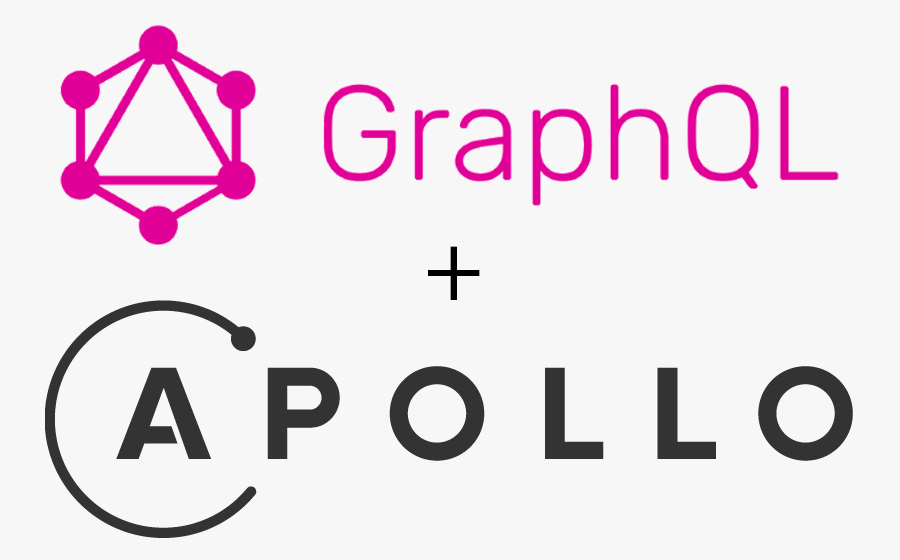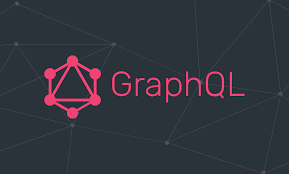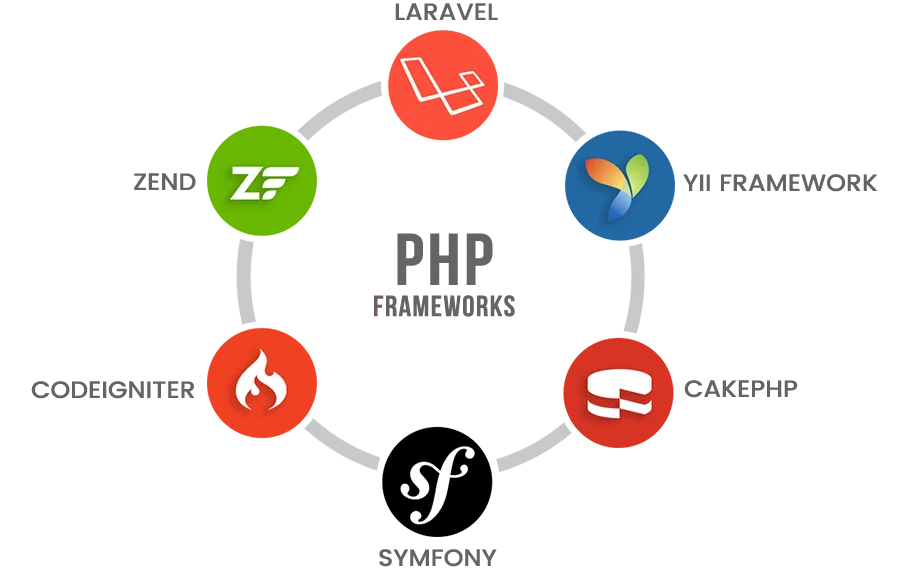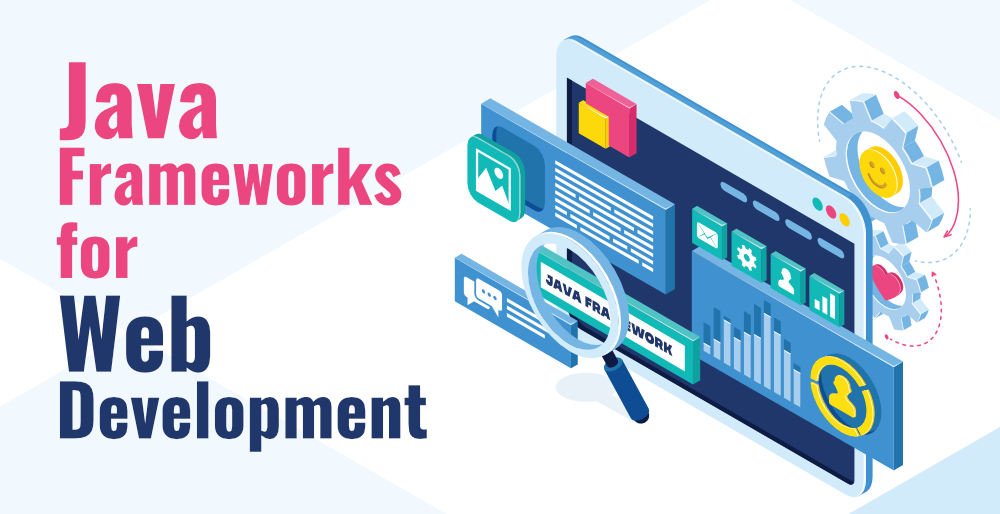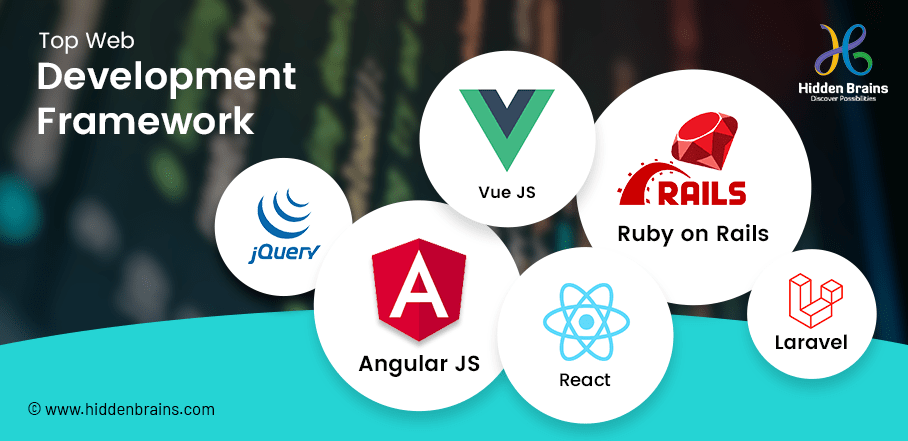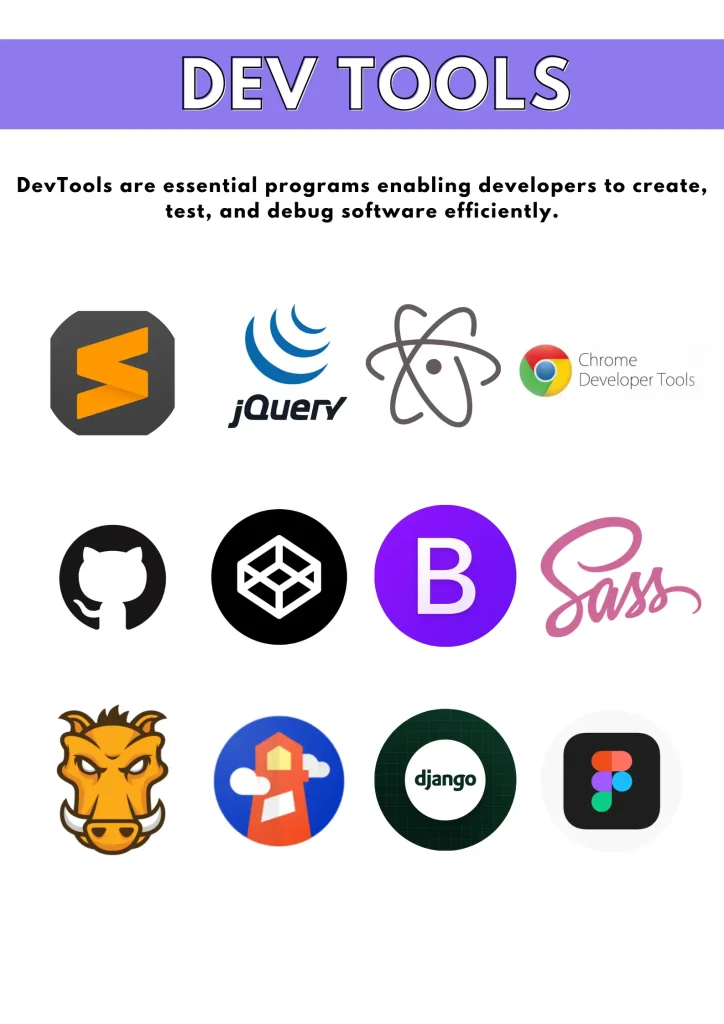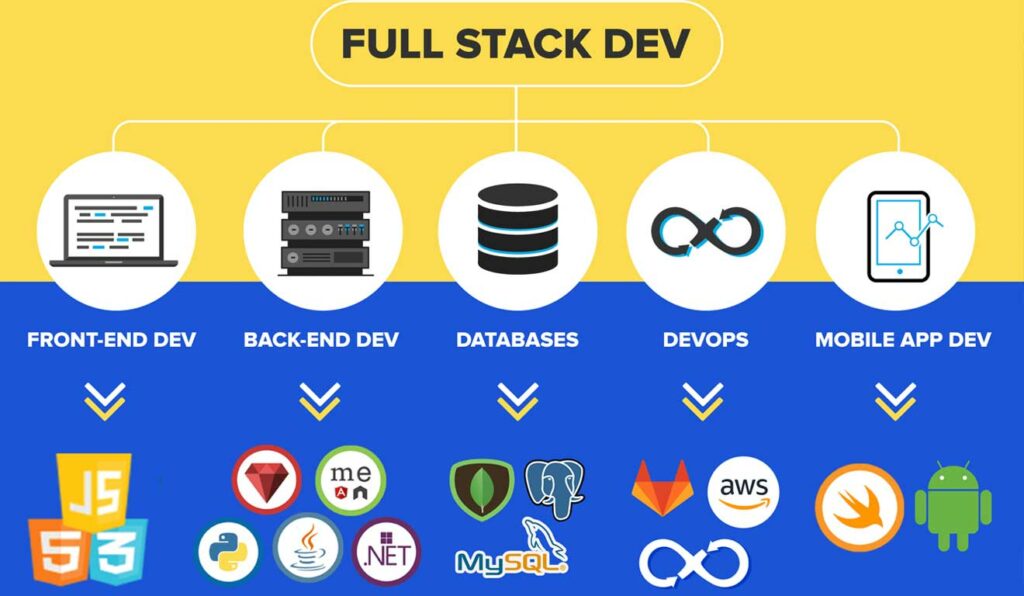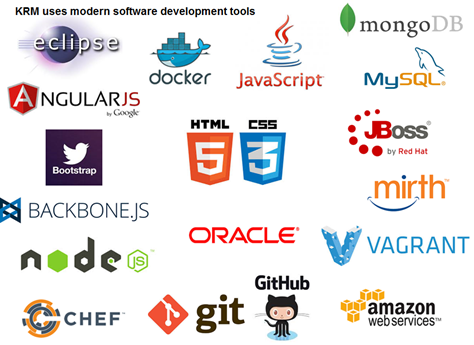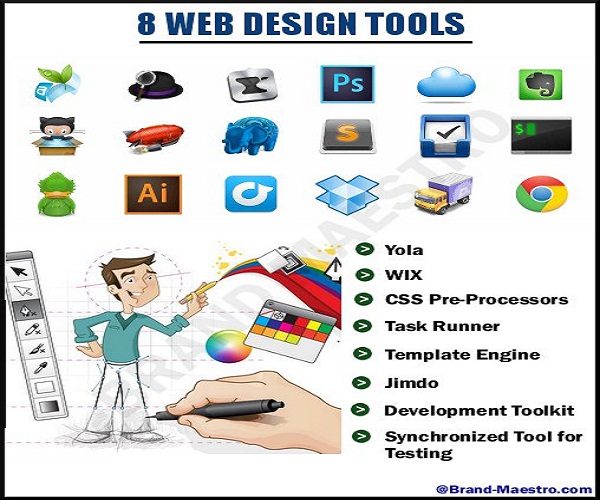Web development-Frameworks-GraphQL
Introduction to GraphQL
What is GraphQL?
GraphQL is an open-source query language for APIs, originally developed by Facebook in 2012. Unlike traditional REST APIs, GraphQL allows clients to request exactly the data they need, no more, no less. This approach resolves issues such as over-fetching and under-fetching of data, which are common in REST APIs.
Why GraphQL?
- Efficiency: Clients can request multiple resources in a single query, reducing the number of API calls.
- Flexibility: GraphQL enables developers to tailor queries to the specific needs of the client application.
- Strongly Typed Schema: GraphQL APIs are defined by a schema that enforces type safety and self-documentation.
- Real-time Data: GraphQL supports real-time updates through subscriptions, making it ideal for applications that require live data feeds.
Below is a beginner's guide to GraphQL
How Does GraphQL Work?
GraphQL APIs are structured around a single endpoint that processes queries. The client sends a query specifying the exact data it needs, and the server responds with that data in a predictable structure.
Advantages of GraphQL:
- Single Endpoint: Simplifies API architecture by providing a single endpoint for all queries.
- Precise Data Fetching: Reduces payload size by returning only the requested data.
- Introspection: The schema can be queried for metadata, allowing for powerful development tools and easier debugging.
In this blog, we'll dive into the latest trends and emerging frameworks that are shaping the future of web development. We'll explore how these new tools compare to established frameworks, what advantages they offer, and how they can help developers stay ahead in a competitive industry. Whether you're building a small personal website or a complex enterprise application, understanding the latest in web development frameworks will empower you to make informed decisions and create more effective, modern web solutions.
Try GraphQL in Apollo Sandbox
Click the button below if you want to try GraphQL in the Apollo Sandbox!
